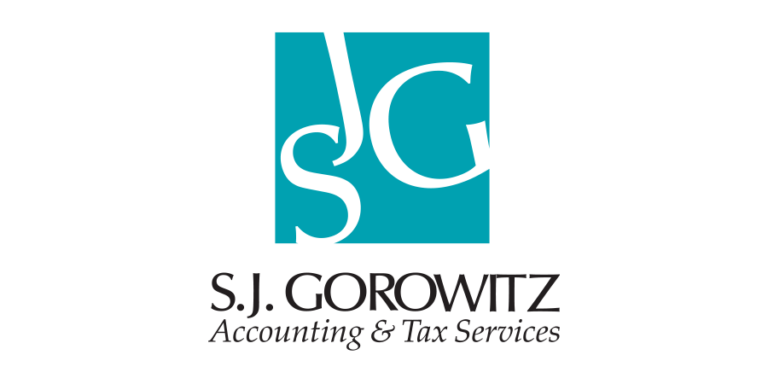In order to remain competitive in an increasingly crowded and changing environment, businesses must take control and drive operational efficiency or risk being pushed off the road. “Operational efficiency” is defined by Wikipedia as the ratio between input to run a business operation and the output gained from the business.
I was recently meeting with longstanding clients, who run, by all measures, a profitable and successful business. Despite the outward success, they seemed dissatisfied with their business. I inquired as to the “pain points” that were frustrating them: What was keeping them from being even more productive? What were they getting bogged down with and how could we help?
The client responded that they felt like they were working harder than ever yet wasting time on administration, HR management and IT. Despite doubling their business over the past two years, they weren’t having fun and were in fact exhausted.
Together, we decided to map out a different route to addressing these issues in order to get them back in the driver’s seat.
We began by having the client challenge their entire team to document the specific operational issues that were frustrating them, the business processes that were outdated or could use improvement, as well as, the things that took time away from their true priorities and areas that really demanded their attention.
Then we used a filter that we employ within our firm – called “the Rules of the Game” – to determine which issues, processes and items were worthy of action.
At SJG we perform an annual operational efficiency review, make a list of what areas could use improvement and then use these agreed upon criteria to determine what ideas will take priority. To make the cut, process improvement ideas must either:
- Save Time
- Save Money
- Enhance Overall Appearance
- Reduce Potential Errors
- Add to the Bottom Line
As you turn the page on the new year, now may be the perfect time to evaluate operations in an effort to drive efficiencies within your business.
Identifying these opportunities within your own organization shouldn’t be difficult but does take intentional effort on the part of the business owner as well as employees. It’s not enough to simply take a top-down perspective. Input from the staff brings perspective to minute issues which can be detracting from productivity. Then invite the team to prioritize the list using your own criteria or borrowing our Rules of the Game.
Whether it is re-assigning tasks or modifying routine processes, soon you’ll have an actionable list for improving your operational efficiency ratio (Input:Output).
Stay with me on the road through 2017 as we explore further the implementation of operational efficiencies as a pathway to business owner success and happiness.

























